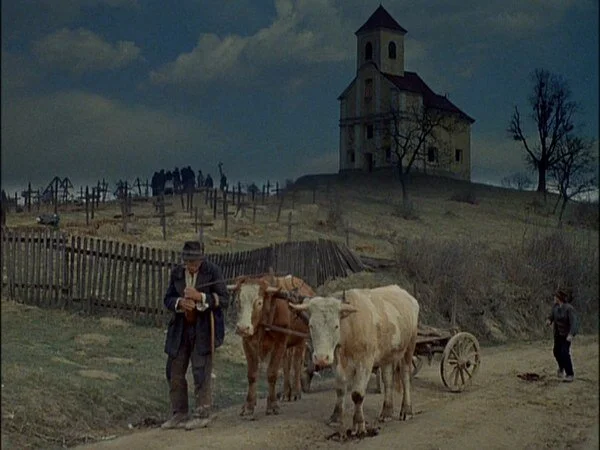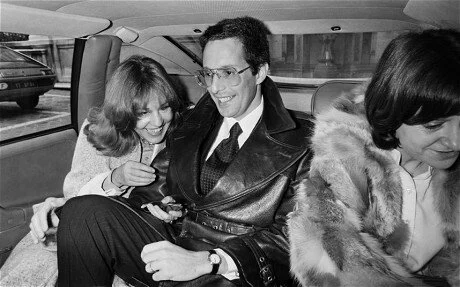Book Stories 01: Tomislav Pinter
Since quarantine gives me some extra reading time, I decided to start Book Stories: basically me going through some film/art books I own, presenting stuff I find interesting.
I’ll start with a book about Tomislav Pinter, legendary Croatian cinematographer.
The whole book, called Subjektivni kadar, is one big interview between Vanja Černjul and Tomislav Pinter.
1/9 Filmmakers were the only ones able to travel in 1960s Yugoslavia, so Pinter used his free time to watch new movies in Trieste, Paris or London (which would only come to Yugoslavia 5-6 years later). That way he was able to follow trends in the world of cinematography.
2/9 While shooting Breza (The Birch Tree, 1967), he used transparent candy packaging as filters, placing them in front of the lens to darken the skies.
3/9 While shooting Bitka na Neretvi (Battle of Neretva, 1969), they extracted one actor’s healthy tooth with ordinary pliers, just to make the scene more authentic.
4/9 His hearing deteriorated from shooting a lot of war movies (he didn't wear hearing protection because it bothered him while shooting), starting with Bitka na Neretvi, then later two The Dirty Dozen movies, plus a TV series.
5/9 Richard Burton (who played Tito in Battle of Neretva) recommended him to John Houston for his next movie (Under the Volcano, 1984), but Houston had to postpone the shooting, losing Pinter who was later already working on another project.
6/9 Pinter was also recommended to William Friedkin for shooting Sorcerer (1977) in Brasil, but Friedkin fell in love with Jeanne Moreau in Paris and postponed the shooting so he could get married. When production started again, Pinter was unavailable.
7/9 Pinter shot Orson Welles’ The Merchant of Venice (1969). He was amazed with Orson’s technical abilities who knew exactly how to place a certain kind of lens to get a very specific shot.
8/9 One day Orson sent Pinter to shoot Oja Kodar (an actress from Zagreb, later Orson’s wife) with a hidden camera while she’s walking on the streets of Rome. Her attractive looks literally stopped traffic. Those shots were later used in his docu-drama F for Fake (1973).
9/9 When the famous Néstor Almendros was shooting Sophie’s Choice in Zagreb (which was supposed to be Warsaw during WWII), across the road from the Academy, Pinter was amazed and disappointed that he was the only one interested in the shooting and came to watch.







